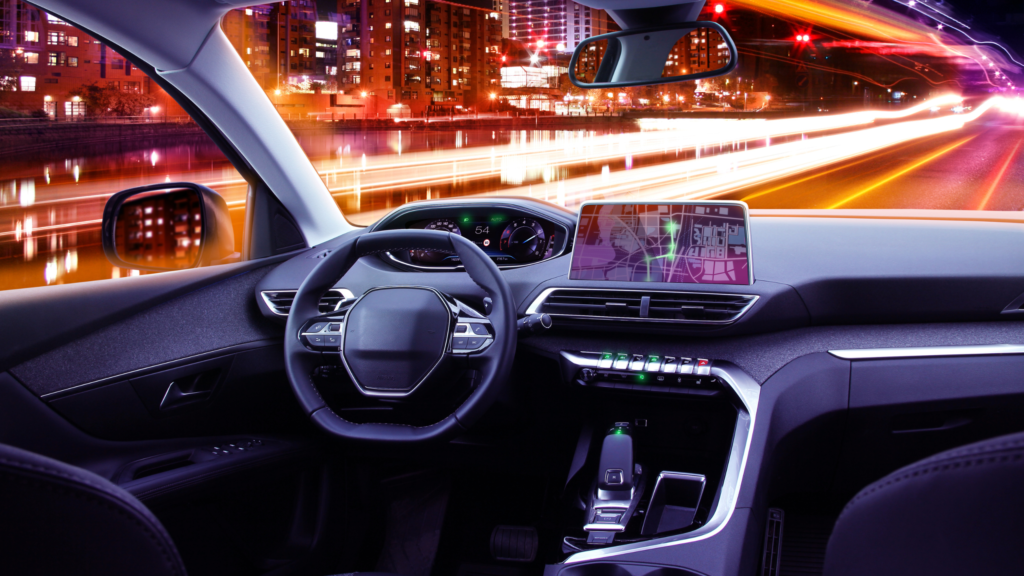In the dark environment conditions, it may become difficult for the vehicle drivers to capture an accurate and clear image. To overcome this issue, it was devised a technique to create a spherical curvature of the image sensors which are flat within digital cameras. The Curved Image Sensor is built as superior cameras for surveillance, head-mounted displays, and advancements for autonomous navigation of vehicles.
Researchers hand-crafted a method to make spherically curved sensors by bending three-dimensionally off the shelf image sensors. When integrated into camera prototypes they produce significantly better image quality when compared to commercial cameras of high-end quality.
Curved Image Sensor- A Practical Approach For Improved Optical Performance
Each year, new versions of sensors are created with enhancements to the size of the sensor resolution, speed and the sensitivity to light. Image sensors are a type of solid-state device that serves as one of the primary elements of a machine vision camera.
There are a lot of optical benefits for replacing the conventional sensor by a Curved Image Sensor due to the field curvature effect, which makes optical systems naturally concentrate on curved surfaces. This technique provides superior image performance in a simple and compact system. The availability of curved image sensors will remove the old limitations between field-of-view (FOV) resolution, while also improving the image quality and resolution. This will lead to the largest technological advancement in camera systems since the advent in digital imaging sensors.
Recent advancements in autonomous vehicle navigation are paving the way to manufacturing of curved sensors. Consumer camera makers are already putting up intellectual property fences to profit from this new technology.
The Purpose of Curved Image Sensor for Vehicles
Since the lens elements necessary to make a curved-field lens are similar to flat field lens elements, the biggest hurdle to realize the advantages from a curved sensor is to create an extremely curved, high-resolution sensor. The process of constructing image sensors directly on an elongated substrate will require lithography tools specifically designed for curving surfaces, a technology that isn’t yet commercially accessible.
A curved image sensor can solve various problems- firstly, its design ensures that light strikes every single part of the sensor at once which results in a clearer and more consistent image. Moreover, curved sensors also remove the requirement for a lens with those additional corrective elements. This allows light to have more direct access to the sensor, which means that the lens you are using for your camera will be more effective in low light settings.
For the purpose of creating curved sensors, researchers put individual sensors made from a thin CMOS image-sensor wafer into custom molds, and then applied pressure using pneumatics to force the sensor down to the mold. Other attempts to curve sensors have usually involved applying glue to the edges and then pushing on the middle in the middle of the sensors. But, this can create areas of stress that result in the sensor breaking before it gets to the intended degree of curvature.
Curved Image Sensor For Better Resolution- Top Benefits
The majority of cameras today use lenses composed of multiple optical components that correct various optical imperfections, also known as aberrations, and alter the image in a way that it is able to be detected by an image sensor that is flat. It is also easy to create cameras that provide uniform illumination throughout the image.
Utilizing a curved instead of flat image sensor, the optical elements must do less work in order to correct and flatten the image. This makes it possible to use less optical components. This is not just a result of smaller, quicker and more affordable lenses, but also allows it to be easier to enhance other aspects of optical components.
If you use curved sensors, you can correct distortions with a greater efficiency method, which makes it easier to design lenses with very wide angles which produce crisp images throughout the spectrum of view. It is also possible to create lenses with speed that can provide superior images even in low-light.
The new technique can produce image sensors that feature triple the amount of curvature compared to in the past. Adding spherical curvature to an image sensor already on the shelf can be affordable in a manner that offers significant advantages. These may include the ability to take photos with very low light levels and be tiny and also produce sharp pictures.
Conclusion
If you’ve tried to take a view in the dark surrounding, you’ll know it’s difficult to get high-quality, clear images. However, in the future cameras in vehicle navigators will not be struggling with these circumstances due to an approach of Curved Image Sensor invented in the modern digital era. In this post we discussed this innovative technology deeply and how this can benefit vehicles.



